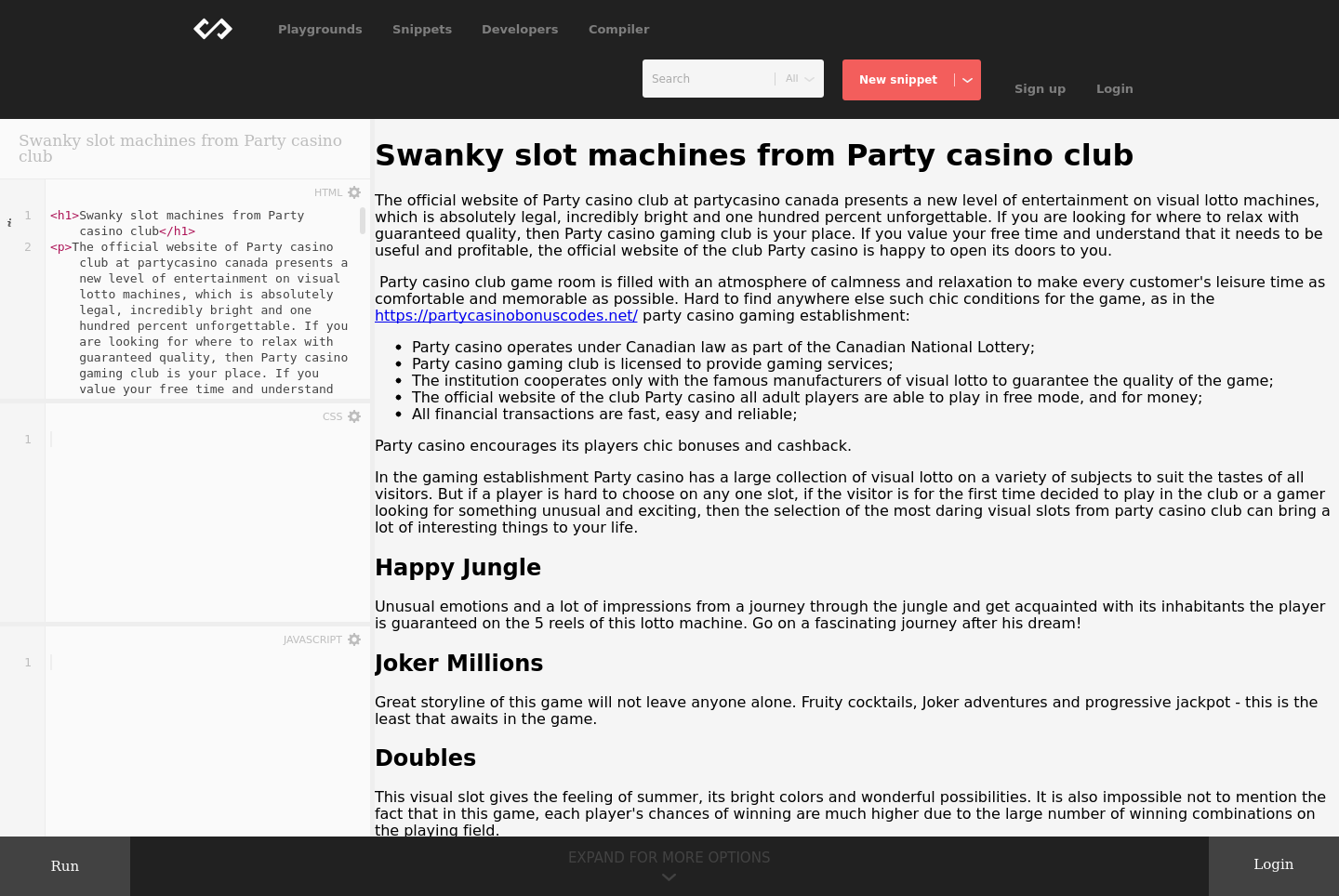

- #Xojo 3rd party login authentication how to#
- #Xojo 3rd party login authentication install#
- #Xojo 3rd party login authentication software#
- #Xojo 3rd party login authentication password#
You could do the research on each step to learn how to do them. Script automatically starts the app at the end of installĪll of this can be done manually.Automatically starts the app when the server starts.Automatically restarts the app if it crashes.Runs the app in the background so you can logout from the server.Configures a systemd service for the web app, which:.Configures a cron job to automatically renew the SSL certificate.Installs and configures a free SSL certificate from LetsEncrypt.
#Xojo 3rd party login authentication software#
Installs and configures intrusion prevention software.install.sh -a AppName -d -e Installs required libraries and dependencies for Xojo Web It will be used later in this tutorial, and it breezes through quite a few steps. I developed this script to simplify the repetitive tasks of setting up a fresh droplet for a Xojo Web app.
#Xojo 3rd party login authentication install#
You can check if they’re ready with this tool.Ī Quick BreakIn this downtime, allow me to sidetrack and talk about my install script. The droplet should be ready in about a minute, however DNS records aren’t always so fast. To allow time for the droplet to complete setup and the name server updates to propagate, it is now safe to step away for a coffee or lunch. For name servers managed elsewhere, paste in the IP address of the new droplet. The new droplet will appear as an option when editing the address field. This is convenient when using Digital Ocean name server features. Navigate to the domain’s DNS management and add an A record pointing at the brand new droplet.

To connect a domain name to a web app, the name server records must be configured. Users are going to expect they can access the web app by visiting or. While the droplet builds will be a great time to configure DNS settings. With this, the droplet is ready to be built. Set a hostname that means something and optionally add tags to the droplet. To configure SSH keys, they offer more detailed instructions here. This makes the droplet more secure and less vulnerable to brute-force attackers.
#Xojo 3rd party login authentication password#
When using SSH Key authentication, Digital Ocean prepares the virtual machine without password entry. The size and specs can be changed later if necessary.Ĭhoose a datacenter location nearby and jump down to the Authentication section. Again, for this tutorial select the $5/mo droplet. For reference the $10/mo plan matches the specs of Xojo Cloud’s small server. I have had success testing on a $5/mo droplet, but haven’t yet used one in production. Next, select the size and specs of the server. My preferred flavor of Linux for servers is CentOS, so for this tutorial select the pre-built CentOS 7 圆4 image. On the following screen configure the new droplet. To begin click “Create” and select “Droplets”. Droplets are virtual machines that come pre-configured, and are easy to create and destroy. The first step in this journey is to create a droplet to run the web app. Translations for other flavors are gladly accepted. Some instructions may be specific to CentOS. This instructional is centered around deploying to a Digital Ocean droplet. These tools can simplify deployment, but require that a developer relies on customer service when there’s a problem.įor mission critical applications, DIY-ers, and cost conscious developers the option to deploy to a Linux server might be a more appealing choice. Additionally, there is at least one third party hosting service dedicated to Xojo Web apps. One is, of course, Xojo Cloud the built in service. So how does a Xojo Web app get running? There are a few “easy button” solutions. Once it’s running, the web app handles everything for us. With a Xojo Web app, the built product is the web server. I promise, this whole package makes things easier for developers. One might look at the built product and wonder where the files are. Deploying a standalone Xojo Web app for the first time may look unfamiliar or confusing.


 0 kommentar(er)
0 kommentar(er)
